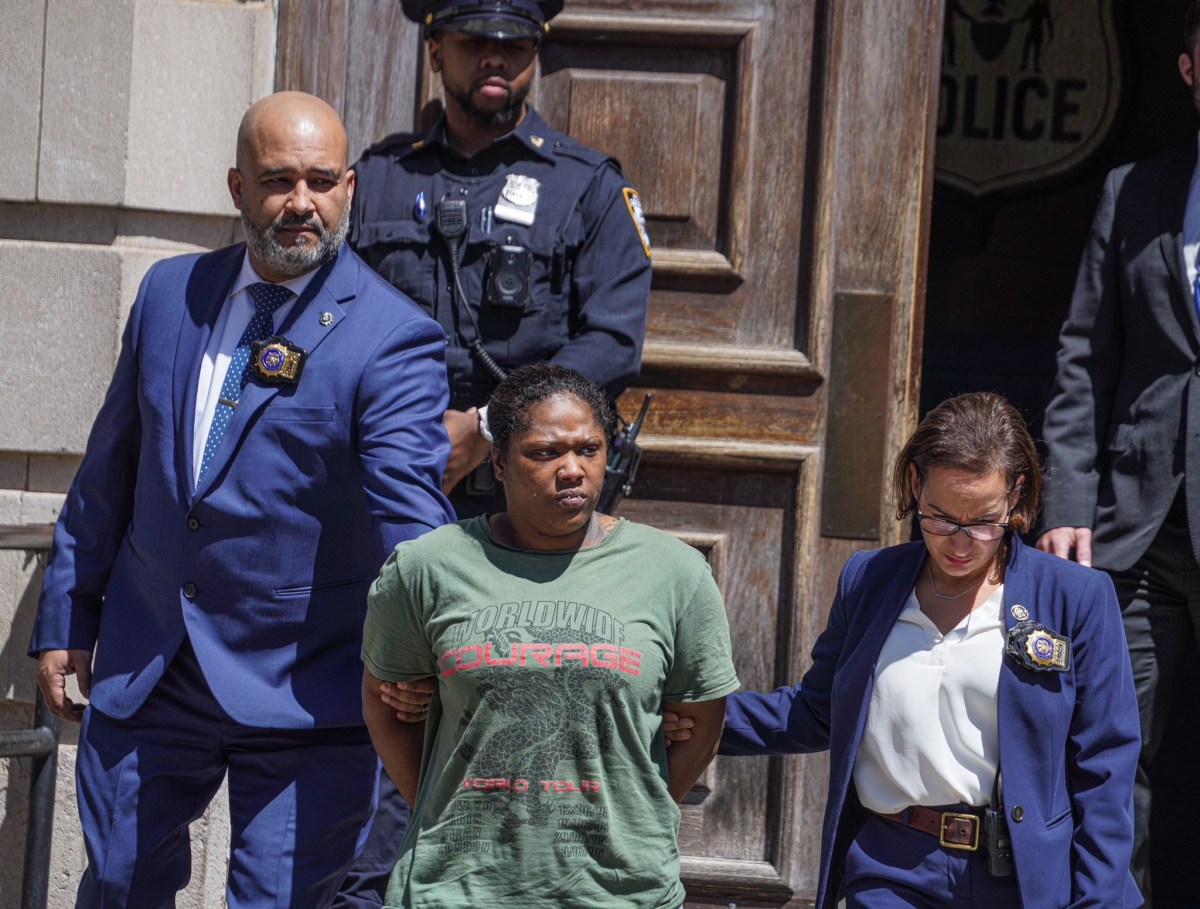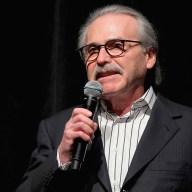 Dr. Henry Heimlich contributed several days of interviews for “The Maneuver.”
Dr. Henry Heimlich contributed several days of interviews for “The Maneuver.”
Credit: Provided
Dr. Henry Heimlich, whose maneuver has saved untold numbers of choking victims since he devised it in 1974, believes it still has untapped potential.
From upscale restaurants to the local diner, you’ve definitely seen the choking victim sign pasted somewhere discreet but visible. The Heimlich maneuver marks 40 years this summer, and the doctor, 94, is taking part in “The Maneuver,” a new documentary seeking funds through Kickstarter.
Heimlich was first inspired to think up the technique when he read an article in The New York Times. “Among other things it mentioned that among children under 1 year old, there are many choking deaths. It was in large numbers in adults [too] – it was in the thousands every year,” Heimlich says.
Back then, when someone was choking, the standard response was to hit him or her on the back. “It was so obvious to me that that was something that would make the death even more imminent. If you hit somebody on the back, the airway moves forward, the food object does not move forward, so it gets deeper and higher into the airway, causing death,” Heimlich said, drawing on his knowledge as a chest surgeon.
With the strength of the ribcage to protect vital organs, Heimlich hypothesized that pressing the diaphragm would compress the lungs, releasing the excess air they store even during exhalation. He tested his theory on an anesthetized dog in his lab at Jewish Hospital of Cincinnati, where he was director of surgery.
“I told one of my residents run down to the kitchen and get a piece of meat. And he did and I then put the meat in the dog’s airway. He stopped breathing, I pressed down the chest, nothing,” Heimlich said. “[I] pushed up on the diaphragm and the meat flew across the room. I did that repeatedly, and I knew that I had a possible cure for choking.”
 The Kickstarter to fund the documentary ends on July 3.
The Kickstarter to fund the documentary ends on July 3.
Credit: Provided
Instead of submitting his findings to a medical journal, where “it would take years to get the word out,” Heimlich went straight to a well-known medical columnist. Just four days after publication, a reader told The Seattle Times about saving his neighbor’s wife with the maneuver. “He had been a restaurant owner, which he had just retired from, for many years. And throughout the years he saw many people die in his restaurant of choking, which was not uncommon,” Heimlich said.
Heimlich also appeared on several television programs, most prominently Johnny Carson’s show, which was an experience he remembers fondly. Heimlich demonstrated the maneuver on the comedian – “As you can imagine with Carson, [the maneuver] was made very funny.”
The publicity worked, Heimlich’s son Phil recounted: “[At] Dad’s office he had a wall full of photographs of children whose parents had said to him were saved by the maneuver, and it literally covered the entire wall.”
Heimlich also developed the universal choking signal – in the ’70s and earlier, choking was often misinterpreted by observers as a heart attack.
And he believes his maneuver still has untapped potential, specifically when it comes to drowning victims. “I have in my book [an autobiography titled ‘Heimlich’s Maneuvers’] cited a report from leading lifesaving sources showing that 90 percent of drowning victims inhale water into their lungs, and that makes the mouth-to-mouth less valuable,” he says.
Heimlich is adamant that his maneuver should be the primary treatment in such cases, and mouth-to-mouth an additional measure, which runs contrary to the Red Cross’s advice. He also feels strongly that the organization should update its instructions on what to do if someone is choking; the current recommendation is five back slaps before performing the Heimlich maneuver.
“They’re the only ones who do this, and it’s very important that this comes out,” Heimlich said.
Making ‘The Maneuver’
At the helm of “The Maneuver” is Emmy Award-winning film and broadcasting editor Jason Schmidt, who’s stepping into the director’s chair for the film.
 Jason Schmidt is the executive producer and director of “The Maneuver.”
Jason Schmidt is the executive producer and director of “The Maneuver.”
Credit: Provided
Like the technique on which the movie is based, Schmidt found the inspiration for his own personal project in an article. “Every time I went back to research [the Heimlich maneuver], I learned more about [Heimlich’s] story and realized there was a really fantastic story there,” he said.
The film is in its early stages; Schmidt’s $30,000 Kickstarter campaign ends Thursday. “We raised 25 percent [of our goal] in our first week, which we thought was a very strong effort but there’s still a long way to go.”
As Schmidt has worked on the documentary, he has found that he knew a lot more people that had been saved from Heimlich’s maneuver than he realized. “Everyone I speak to, if it hasn’t happened to themselves, [it] happened to their brother or their cousin or their college roommate, a guy at work or whatever. Once you start asking around, you’ll find that someone you know is alive today because of the Heimlich maneuver.”
Learn more about the movie at www.heimlichfilm.com. The Kickstarter campaign ends July 3.
The power of the crowd
As “The Maneuver” seeks the public’s support through Kickstarter, Heimlich himself credits ordinary people with helping to expand the application of the maneuver. One woman figured out a way to perform the maneuver on herself after using the railing of her porch when she was choking, and wrote to Heimlich of her discovery (though he recommends using the back of a chair in such cases). The doctor has since developed modified versions of the maneuver for children whose arms may not be long enough to wrap around an adult’s stomach.
















